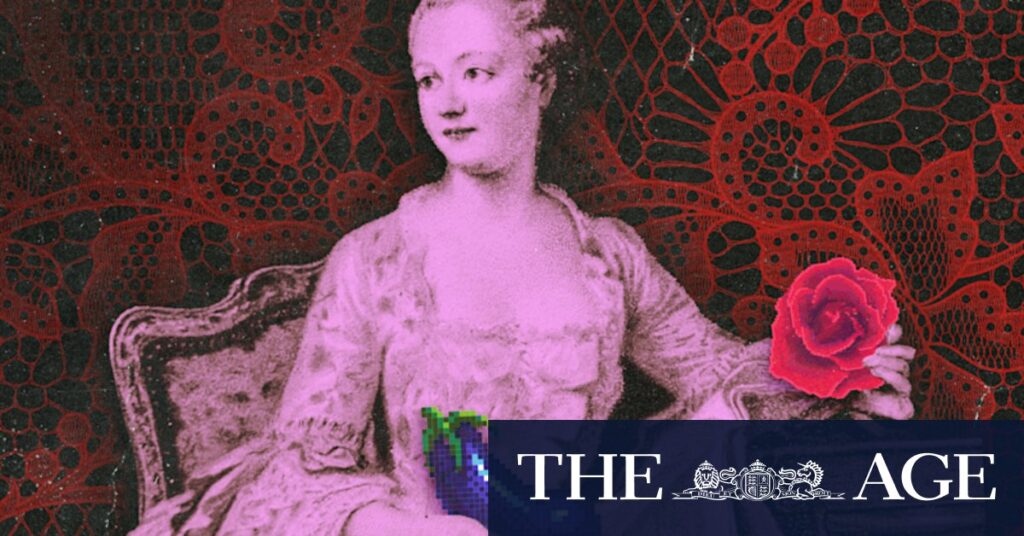
“As far as we know, the history of sex toys goes back over 28,000 years,” states Dr. Esme Louise James, a sex historian and author of Kinky History. This statement encapsulates the long-standing relationship humanity has had with pleasure devices. But how has our understanding of health and pleasure evolved, and what lies ahead for the multibillion-dollar sexual wellness industry?
The days of discreet visits to adult stores are largely behind us. Today, consumers seeking new pleasure toys are met with a plethora of options catering to every taste and sexual preference, available through online platforms, local department stores, and independent boutiques. More than a decade after the initial surge, the wave of adult toys—primarily aimed at women and LGBTQ individuals—continues to gain momentum.
Changing Cultural Narratives
The portrayal of female sexuality in mainstream media has significantly increased, with shows like Broad City and Girls normalizing discussions around female pleasure. In the pilot episode of Fleabag, Phoebe Waller-Bridge’s character is caught in a moment of self-pleasure, a scene that was both shocking and indicative of a cultural shift.
Historically, vibrators were marketed as medical devices for various ailments, but this changed in the 1960s when devices like the Hitachi Magic Wand began to be used for sexual pleasure. Despite initial resistance from the medical community, these devices became popular, as highlighted in a 2002 episode of Sex and the City, which led to a surge in sales.
Scientific Discoveries and Their Impact
In 1998, Australian urologist Dr. Helen O’Connell made groundbreaking discoveries by fully mapping the clitoris, a revelation that changed the discourse around female pleasure. Her work demonstrated that the clitoris is both an external and internal organ, challenging long-standing misconceptions about female anatomy.
“What O’Connell did was anatomically describe the clitoris, and that demonstrates it is an external and an internal organ simultaneously … it explains female pleasure zones,” says Dr. Suzanne Belton, a medical anthropologist.
This discovery not only altered the design of sex toys but also improved medical procedures involving the pelvic region, ensuring that surgeries did not compromise sexual sensitivity.
The Commercialization of Pleasure
The adult industry has increasingly mirrored the beauty and wellness sectors, with many products now categorized under “sexual wellness.” This shift is evident in the growth of the industry, with the US adult industry’s revenue reaching $22 billion in 2024, according to an IBISWorld report.
Gwyneth Paltrow’s lifestyle brand, Goop, played a pivotal role in this transformation by launching its first vibrator in 2021. Similarly, beauty retailers like Sephora and Mecca have embraced sexual wellness, offering products online. This trend is also seen in the launch of premium sex toys by celebrities like Harry Styles.
Innovative Designs and Market Trends
Modern sex toys have evolved beyond traditional designs, with companies like Normal Co and LBDO focusing on aesthetics and inclusivity. Georgia Grace and Lucy Wark, co-founders of Normal Co, emphasize creating well-designed toys that users are proud to own.
“We both felt sexuality in the 21st century isn’t something you should feel embarrassed by, and toys should feel like a beautiful modern object that fits into your life,” says Wark.
Rachel Baker, founder of LBDO, notes that the industry has been slow to shed its stigma, but the landscape is gradually changing. LBDO’s products, such as the Essensual Vibe, are designed to be both functional and aesthetically pleasing.
Challenges and Future Prospects
Despite the growing acceptance of sex toys, the industry still faces significant challenges, particularly in advertising and social media. Platforms like Meta and TikTok impose strict regulations on adult content, hindering the ability of companies to reach new audiences.
Johannes Plettenberg, CEO of Lovehoney Group, expresses frustration with these limitations, highlighting the inconsistency in advertising policies compared to industries like alcohol and gambling.
Looking ahead, the future of the sexual wellness industry may lie in education rather than product innovation. Companies like Normal Co are committed to providing comprehensive, inclusive sex education to fill the gaps left by traditional systems.
“Our sex education is focused on a narrow set of risk-based messages around pregnancy and STIs and neglects a huge amount of other topics that are important to fulfilling sexuality, like pleasure and communication,” says Wark.
As the industry continues to evolve, the mainstream acceptance of sex toys represents a significant cultural shift. It is crucial to acknowledge that while some may embrace these products, others may choose not to, and both choices are valid.







